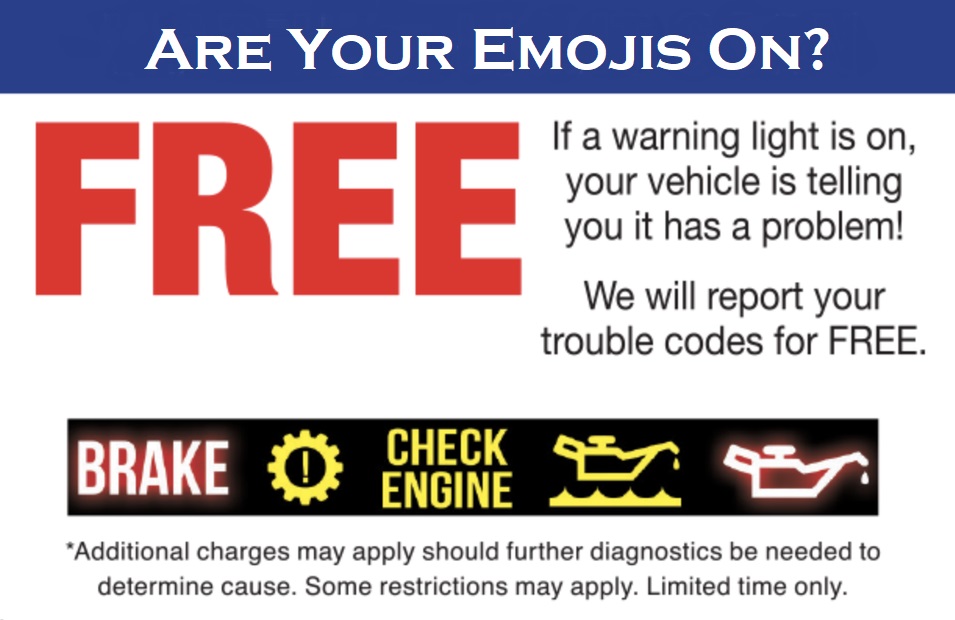Developing a Car Maintenance Schedule Based on Mileage
September 30, 2021 9:07 pm Leave your thoughtsSticking to a regular car maintenance schedule can prolong the life of your vehicle and improve its reliability and performance. How often should you invest in maintenance services? A lot depends on the reading on your odometer. Here’s a breakdown of recommended services based on the miles you drive.
Every 3,000 to 7,000 miles
Most cars require oil and oil filter changes every 3,000 to 7,000 miles. Always refer to the manufacturer’s recommended auto maintenance schedule to determine the ideal time between oil change services. During an oil change, you should also have your maintenance technician inspect transmission fluid, coolant and power steering fluid and windshield wiper fluid levels, as well as all exterior lights.
Make sure to keep a close eye on your tires to ensure they’re not over- or under-inflated, and check for good tread depth. If your maintenance technician has recommended new tires, never leave things to chance and see how long you can extend their lifespan. Replace tires whenever necessary to ensure your own safety as well as the safety of others who share the road with you.
Every 15,000 to 30,000 miles
There are a variety of car maintenance tasks that should be done between the 15,000- to 30,000-mile range. Again, pay attention to the vehicle manufacturer’s guidelines when it comes to an appropriate schedule for replacing components or tune-ups. Here’s an outline of tasks that should be done in this mileage range:
- Replace your vehicle’s air filter every 15,000 miles, at maximum.
- Inspect the battery and coolant every 20,000 miles.
- Replace the fuel filter at least every 25,000 miles.
- Replace power steering fluid every 30,000 miles.
- Inspect the brake pads and HVAC system.
Every 35,000 to 50,000 miles
In the 35,000- to 50,000-mile range, you need to keep a close watch on spark plugs and spark plug wires—it’s generally a good idea to replace them about every 40,000 miles. You should also have the ignition system and suspension components checked within this mileage range.
Every 60,000 miles
As your vehicle continues to rack up the miles, you’ll need to keep up with major maintenance tasks. It’s a good idea to replace brake pads and fluid, radiator hoses, coolant, power steering fluid and the timing belt every 60,000 miles. Usually, before you hit the 60,000-mile mark, you’ll need to have your battery changed. If you haven’t done that by this point, it’s wise to do it now. Also, have your car maintenance technician look over the HVAC system and suspension components and invest in any recommended repairs.
When it comes to creating a practical car maintenance schedule, keep a close watch on your odometer. It’s often a mistake to simply wait until a component fails or you completely run out of fluids—stick to the maintenance schedule described above to make sure your car’s always performing at its best.
Contact Gabriel’s Automotive & Towing for any and all car maintenance questions, or to schedule your next service appointment with the best automotive technicians in the industry.
Categorised in: Car Maintenance
This post was written by Writer

